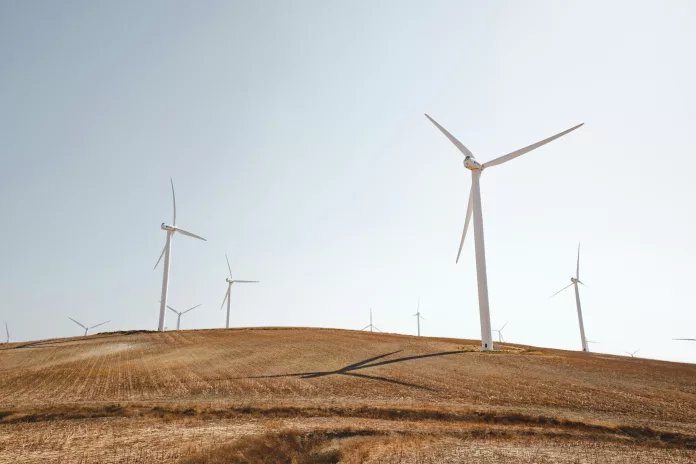Estonia is currently witnessing a monumental shift in its energy paradigm, moving away from oil shale, once the backbone of its energy economy, towards a more sustainable and environmentally friendly future. The country is harnessing its offshore wind potential and making headway with an innovative long-duration pumped hydropower energy storage project spearheaded by the ambitious Estonian startup Zero Terrain.
Zero Terrain: Pioneering a New Era of Sustainable Energy Storage
This Estonian startup is at the forefront of revolutionizing the energy storage sector. Their project stands as a testament to the transformative potential of renewable energy technologies, providing a renewable, secure, and affordable power supply that bypasses the issues associated with critical material supply chains often linked to authoritarian regimes.
Zero Terrain eloquently puts it that they aim to facilitate a comprehensive overhaul of the current energy system while ensuring minimal disruption to the public’s daily lives. Their approach is focused on future-proofing energy supply for generations without the need to sacrifice environmental integrity or become entangled in problematic geopolitics.
Pumped Hydropower: An Old Technology with a New Twist
Traditionally, the utility-scale energy storage arena has been dominated by pumped storage hydropower – a technology that relies on the simple concept of moving water between reservoirs at different elevations. Despite the buzz around advances in lithium-ion batteries, water remains king in energy storage, especially in the US, where it makes up over 90% of the utility-scale storage capacity.
On flat terrain, creating a pumped hydro system presents unique challenges, as it would normally require significant elevation changes. However, innovations are coming to the forefront that could change the landscape of energy storage. One such noteworthy development is the work of Quidnet Energy, a Texas-based startup that secured a substantial grant from the US Department of Energy. These funds are allocated to refine their geomechanical energy storage system that cleverly uses rock formations underground as a ‘mechanical battery’ to store pressurized water, thereby significantly cutting down the costs of long-duration energy storage.
Economizing Flat-Ground Pumped Energy Storage with Zero Terrain
Following in the footsteps of such innovative solutions, Zero Terrain has devised its own economical solution for Estonia – an underground pumped hydroenergy storage facility boasting a capacity of 500 megawatts that will be cleverly intertwined with a new mining operation in Paldiski. This synergy between the storage facility and the mining operation exemplifies a pioneering approach to offset operational costs and sell excavated rock for additional revenue.
Wind Power: A Gale of Renewable Opportunities
With the initial permits in hand since 2022, Zero Terrain’s project is gathering pace, having secured both government support and a hefty grant of €1.98M from Estonia’s applied research program. The planned energy storage facility targets to provide a substantial power output to the grid, far exceeding what current battery technologies can offer.
And the Baltic Sea will play an integral role in this new energy landscape. Notably, industry giants such as Copenhagen Infrastructure Partners and Ignitus Group, as well as Swedish developer OX2, are entering the fray with ambitious plans for offshore wind farms in the region. These developments, combined with a burgeoning solar industry and other onshore renewables, ensure a bright future for Zero Terrain’s underground energy storage endeavor.
Apart from the local benefits, Zero Terrain envisions its Paldiski project as a pilot demonstration of their advanced technology with potential for global expansion, setting the stage for broader applications of this groundbreaking approach to sustainable energy storage.

























